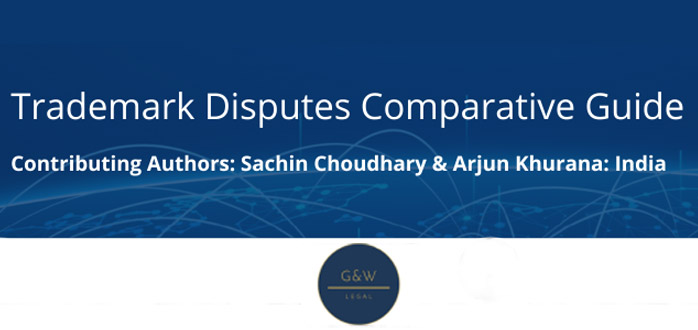
1.Entertainment Market Trends
1.1 Entertainment Transactions
Unprecedented M&A Activity
The Media and Entertainment (M&E) sector witnessed an unprecedented surge in merger and acquisition (M&A) activity, with several high-value deals and over 100 deals contributing to a total value of INR 876 billion. This surge was primarily driven by the landmark merger between Reliance and Disney, which created India’s largest media company, valued at USD8.5 billion. This transformative deal integrates over 100 TV channels and major streaming platforms like JioCinema and Disney+ Hotstar.
Shifts in Key Segments
The latest FICCI-EY report indicates that film theatrical admissions and revenues declined by 5% in 2024. The music industry experienced a 2% revenue decline, primarily due to a decrease in free music consumption and lower streaming royalty rates, despite growth in paid subscriptions. The gaming sector also experienced an overall decline, attributed to the implementation of GST on online gaming last year. Concurrently, linear TV revenues declined for the second consecutive year, with a 6% drop in advertising revenue and a 3% decrease in subscription revenue.
Evolving Regulatory Landscape
The government has actively shaped the regulatory environment to keep pace with digital evolution. The Information Technology (Intermediary Guidelines and Digital Media Ethics Code) Rules, 2021, provided a foundational framework for digital media. Following previous efforts, the focus remains on regulating digital and OTT platforms, highlighted by the recently released National Broadcasting Policy, 2024, from TRAI (currently in consultation). Additionally, regulatory processes for print, TV, and radio have been streamlined, and new guidelines have been introduced for digital and Out-of-Home (OOH) media.
Technology and Content Trends
Technology is fundamentally reshaping the way content is created and consumed. Artificial intelligence (AI) is increasingly leveraged across content generation, production, distribution, and personalisation, driving efficiencies and enabling new creative formats. There’s a strong and growing emphasis on regional and local language content, with nearly half of all OTT content now released in regional languages, alongside a rise in dubbed/subtitled offerings. This focus, coupled with an increase in the export of Indian content and services, is steadily positioning India as a global content hub.















